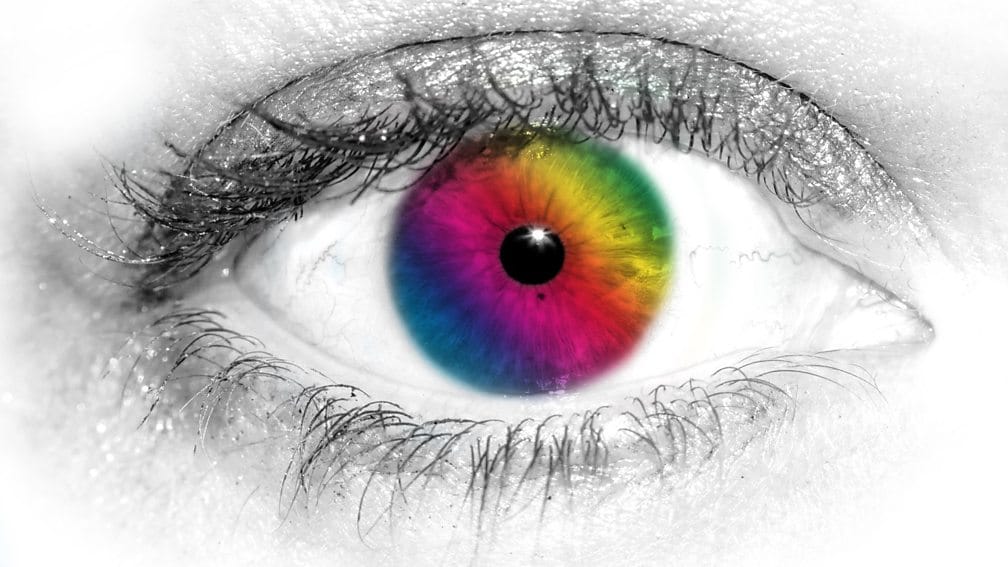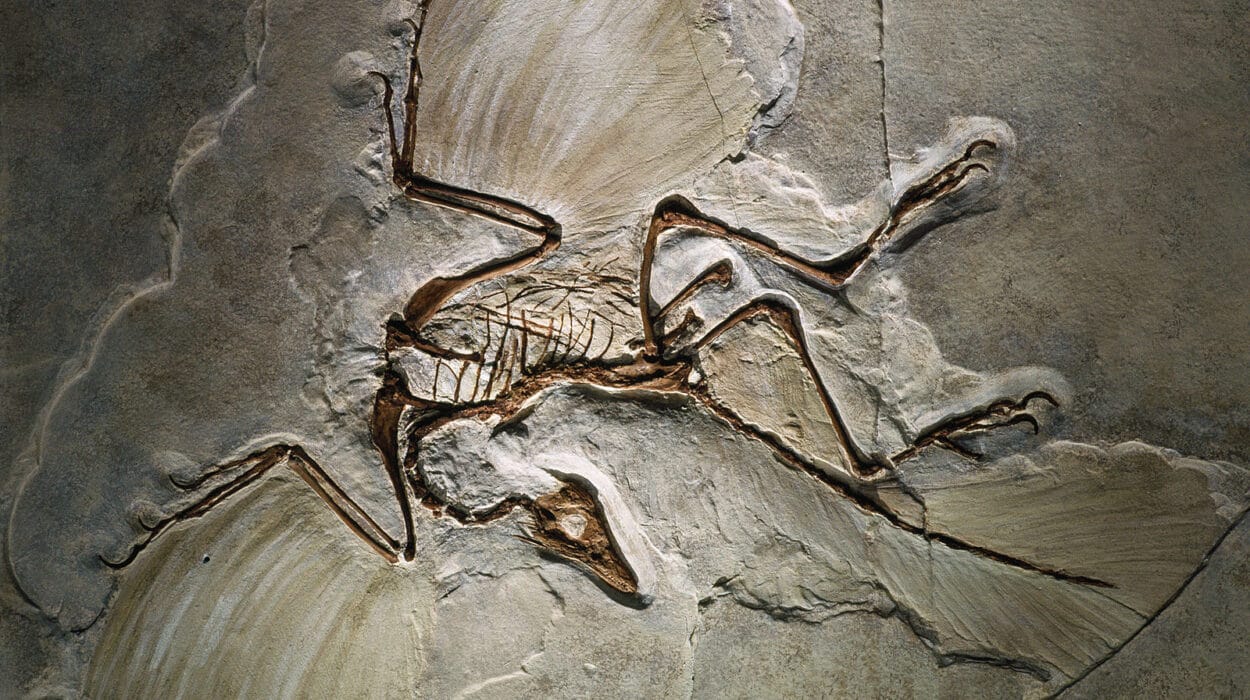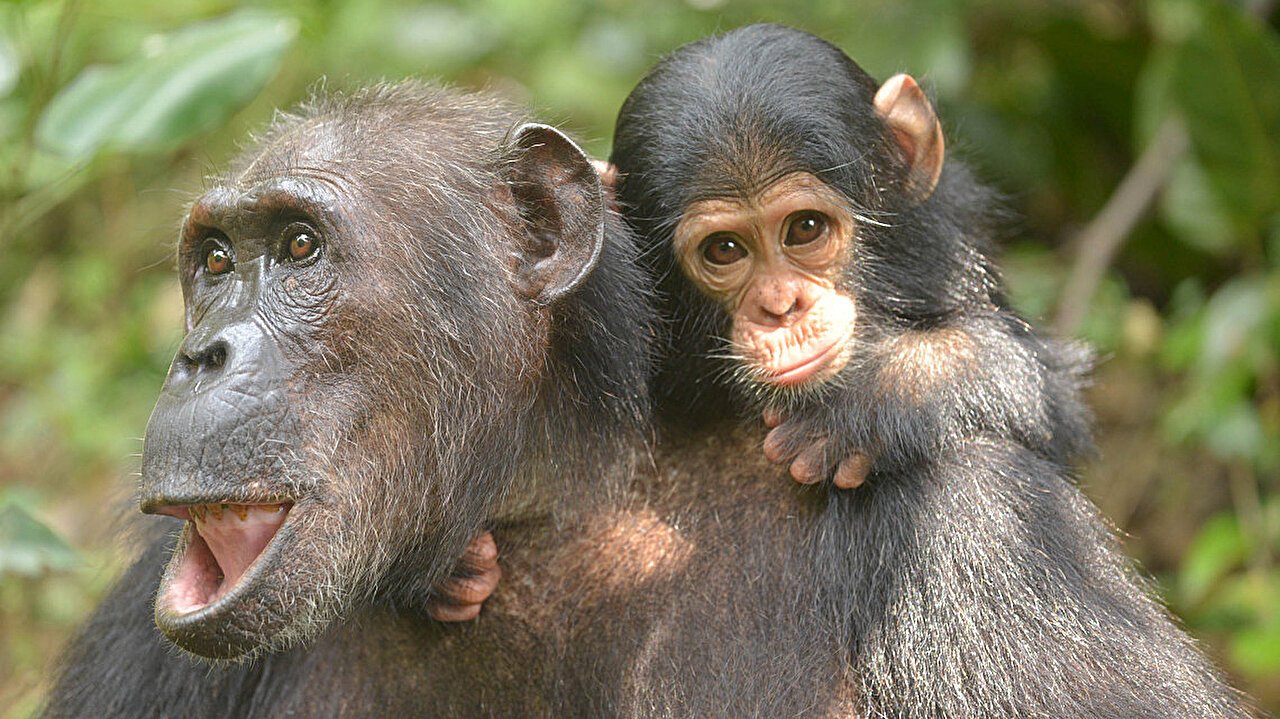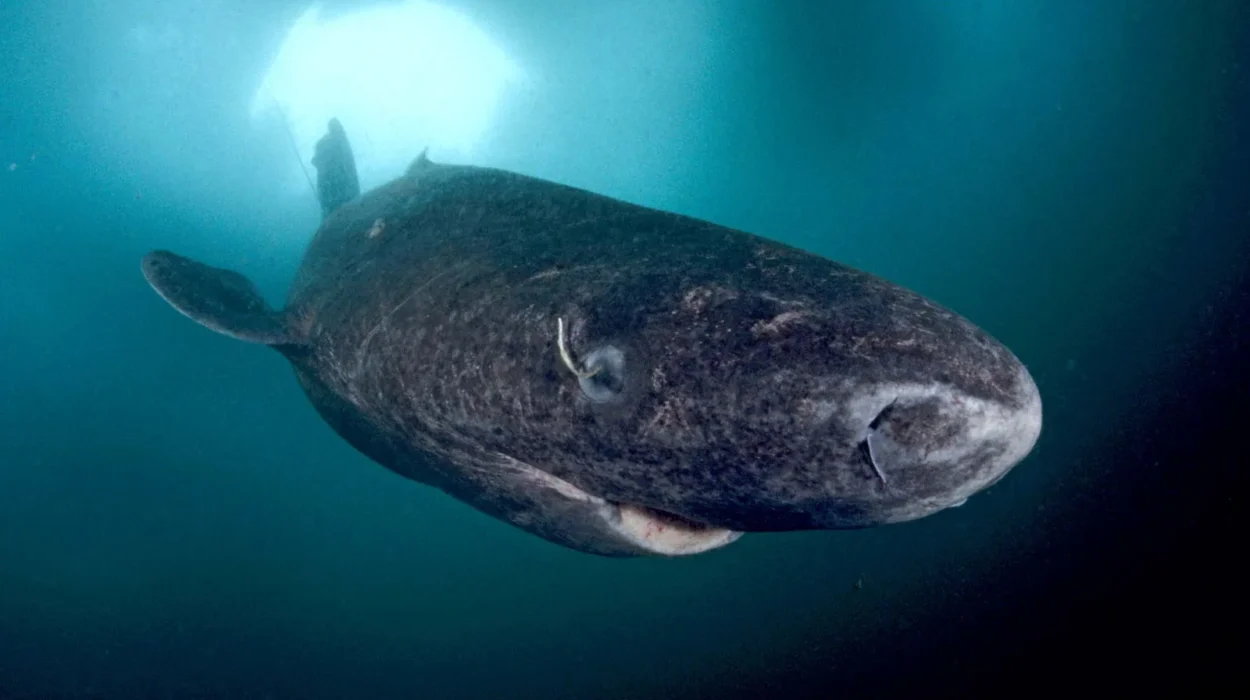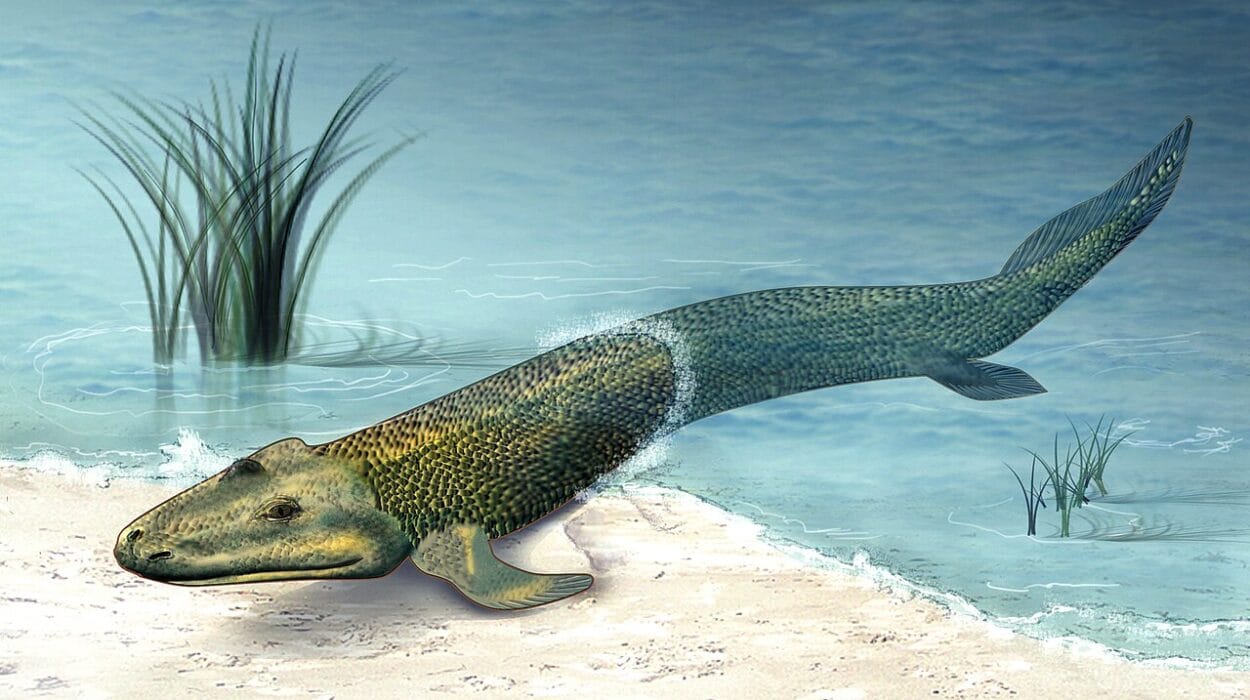Before sight, there was only shadow. Not metaphorically, but literally. The earliest forms of life on Earth moved blindly through ancient oceans, responding to chemical gradients, temperature changes, or touch, but utterly unaware of the shimmering light pouring down from above. For hundreds of millions of years, Earth’s living beings existed without eyes—without the capacity to see the sun, the moon, a predator, a mate, or even themselves.
And then, somewhere in the depths of time, a small miracle began to unfold—not in a moment of divine inspiration, but slowly, incrementally, through countless random mutations filtered by the relentless process of natural selection. The miracle was not vision itself, but the ability to sense light—a faint whisper of photons dancing across a rudimentary cell. It was the evolutionary beginning of the eye.
Today, eyes come in astonishing diversity—compound eyes in insects, camera-type eyes in humans and squids, simple light-sensitive patches in flatworms. But all of them share a common story. To understand how the eye evolved, we must journey back through deep time, through half a billion years of biological innovation, chance, pressure, and creativity written into the language of DNA.
The Spark of Light Sensitivity
The earliest eye was not an eye at all in the way we understand it. It was a single cell that could detect light—not see shapes, colors, or motion, but simply differentiate between light and dark. This primitive organ, known as a photoreceptor, likely evolved in simple multicellular organisms living in shallow marine environments over 600 million years ago.
These first photoreceptors probably contained a molecule called opsin, a light-sensitive protein still found in the retina of all seeing animals today. Opsins belong to a family of proteins that change shape when struck by photons of light. When this shape change occurs, it initiates a cascade of chemical signals, ultimately triggering a nerve impulse. Even this rudimentary ability to respond to light conferred a significant advantage.
Organisms that could detect day from night, or perhaps even where the light was brightest, gained valuable information about their environment. They could move toward the surface to photosynthesize or feed, or retreat into the safety of darkness to avoid predation. In an oceanic world teeming with dangers and opportunities, light sensing was a superpower—however crude it may have been.
From Light-Sensitive Patches to Directional Detection
Once a light-sensitive patch had evolved, the path to improved vision began not through leaps, but through folds. Natural selection favored configurations where the photoreceptive surface formed a shallow depression. This simple change allowed organisms to not only detect the presence of light, but to roughly determine the direction it was coming from.
Why did this matter? Because knowing where light originated allowed early animals to orient their bodies more effectively. Prey could flee into darker regions. Predators could ambush from the shadows. Survival hinged not just on reacting to light, but on interpreting its direction.
From these shallow depressions, deeper cup-shaped structures evolved. As the cup deepened, the field of vision became narrower, but more accurate. Light from one direction would strike only a specific region of the cup. A rudimentary sense of spatial resolution—primitive “vision”—had arrived.
Some creatures, like certain modern flatworms, still possess this level of eye evolution. Their simple pit eyes can detect light direction and allow them to navigate effectively through their environments. They represent a snapshot in evolutionary time—a window into how sight first began to focus.
The Arrival of the Pinhole Eye
As the cup deepened further, the opening narrowed, creating a pinhole camera effect. This was a critical step. With a smaller aperture, fewer rays of light entered the eye, but those that did created a sharper image on the back of the eye’s cavity. It was still dim and crude, but outlines of shapes and movement were now distinguishable.
The nautilus, an ancient marine mollusk still living today, possesses such pinhole eyes. It has no lens, yet it can form blurry images on its retina thanks to this principle. These creatures see the world as if through a dark tunnel—dim, indistinct, but undeniably more sophisticated than the shadowy perceptions of earlier eyes.
Why didn’t all animals stop there? Because the next evolutionary innovation would change everything: clarity.
Evolution of the Lens: A Window to the World
Eventually, mutations allowed a transparent layer of cells to form over the pinhole opening. This layer initially evolved as a protective covering—perhaps just a mucous coating, or later a transparent membrane to shield the photoreceptors from harmful debris or parasites. But once this transparent layer was in place, it created the opportunity for something extraordinary: refraction.
Some of these early transparent layers thickened slightly in the middle, purely by chance. Those with slight curvature could begin to bend light more effectively, focusing it onto the retinal surface inside the cup. The result was not just a sharper image, but a much brighter one. The lens had arrived.
The appearance of a lens was an evolutionary breakthrough of enormous magnitude. It dramatically improved image resolution and brightness, especially in deeper or murkier water where light was scarce. Animals with better vision could spot predators from farther away, locate prey more precisely, or identify mates by visual cues. This created a powerful feedback loop: better vision meant better survival, which meant more opportunities to reproduce, which meant more chances for further optical refinement.
In essence, once the lens appeared, the race toward sharper, more sophisticated vision began in earnest.
Building the Retina and Neural Pathways
The retina—the layer of tissue containing light-sensitive cells—also evolved in complexity. Two main types of photoreceptors developed: rods, specialized for low light and movement, and cones, specialized for detecting color and fine detail. Some early animals developed multiple types of cones, allowing them to see in color—a huge advantage in environments where subtle visual cues signaled danger, fertility, or camouflage.
But detecting light and color was only part of the puzzle. The brain needed to interpret this data. This meant the evolution of specialized neural pathways between the eye and the brain. Over millions of years, animals developed optic nerves and visual processing centers, such as the optic lobe or, in vertebrates, the visual cortex.
This close coupling of eye and brain function cannot be overstated. An eye is only as useful as the brain’s ability to process what it sees. Just as the eye evolved sharper images, the brain evolved new ways to interpret motion, depth, shape, and emotion. The co-evolution of sensory organs and neural processing is one of biology’s most breathtaking synergies.
The Cambrian Explosion: Vision Lights the Fuse
About 540 million years ago, the Cambrian Explosion ignited one of the most dramatic periods of evolutionary diversification in Earth’s history. In a relatively short geological time frame, a stunning variety of complex animals emerged, many with sophisticated eyes.
Why did this happen? One leading theory is that the evolution of vision itself helped trigger the Cambrian arms race. For the first time, animals could hunt by sight, avoid predators with precision, and recognize competitors or mates from a distance. This created intense evolutionary pressure to develop not just better eyes, but better camouflage, faster movement, and harder shells.
Vision became a biological catalyst, transforming the evolutionary landscape from one of passive drifting and filtering to one of active pursuit, competition, and strategy. The eye changed the rules of life.
Convergent Evolution: Different Paths to the Same Destination
One of the most remarkable aspects of eye evolution is how often it occurred independently. Scientists estimate that eyes have evolved at least 40 to 60 times in separate evolutionary lineages. The camera-type eye of humans, for instance, is remarkably similar in design to the eye of the octopus—but their last common ancestor did not have such an eye. These similarities are the result of convergent evolution—a process where similar environmental pressures lead to similar adaptations in unrelated organisms.
Insects, too, evolved a completely different kind of eye—the compound eye. Instead of a single lens focusing light onto a retina, a compound eye consists of hundreds or thousands of tiny facets, each with its own lens and photoreceptor. This gives insects a wide field of view and exceptional motion detection. While compound eyes are less effective at forming high-resolution images, they are superb for spotting fast motion or navigating using polarized light—vital traits for small, fast-moving creatures like bees or dragonflies.
Such diversity underscores an important point: there is no single “perfect” eye, just as there is no perfect organism. Evolution does not work toward an ideal. It works with what is available, tinkering, repurposing, refining—not designing from scratch, but innovating within constraints.
The Eye of the Vertebrates: A Backward Wiring with Forward Vision
One evolutionary oddity often cited as a “design flaw” is the structure of the vertebrate retina. In all vertebrate eyes, the photoreceptors are located at the back of the retina, meaning that light must pass through several layers of nerve cells before reaching them. In contrast, the cephalopod eye—such as that of an octopus—places its photoreceptors at the front, avoiding this obstacle.
Why does this matter? Because the placement of nerve fibers in the vertebrate eye creates a blind spot—a small area where the optic nerve exits the eye and no photoreceptors exist. Our brains cleverly fill in this gap, so we usually don’t notice it. But it remains a quirk of our evolutionary past.
This structure likely results from the way vertebrate eyes develop embryologically—from an outpouching of the brain. Once this developmental pathway was established, it proved difficult to reverse. Evolution rarely throws away a functioning system just because it could be improved. Instead, it builds upon what is already there.
Despite its flaws, the vertebrate eye remains astonishingly capable. Our eyes can adjust to light and dark, perceive millions of colors, focus automatically, and track motion with astonishing speed. In their current form, they represent a pinnacle of evolutionary improvisation.
Human Vision: The Crown Jewel of Perception?
In humans, the eye has become deeply intertwined not just with survival, but with culture, art, emotion, and identity. We use our eyes not just to see the world, but to connect with others, to read, to create, and to express. The whites of our eyes—a unique human trait among primates—enhance communication by making eye movements more visible. We don’t just look—we share gaze, we interpret meaning from glances and stares. The eye has become an emotional interface.
Our ability to perceive fine detail and a wide spectrum of color gives us advantages in recognizing facial expressions, identifying edible fruit, reading symbols, and interpreting vast amounts of visual information. But even so, the human eye is not a finished product. Evolution does not end. We remain subject to its slow, invisible hand.
Modern lifestyles—with artificial lighting, prolonged screen exposure, and reduced time outdoors—may already be influencing the development of human vision. The rise in nearsightedness (myopia), especially in urban populations, hints at new selective pressures on the horizon.
Seeing into the Future
The story of the eye is not over. Evolution continues, not just through biology, but through technology. With artificial vision, bionic implants, and genetic editing on the rise, we are beginning to enhance or even redesign our sight. We are becoming the next architects of vision—not merely through natural selection, but through conscious invention.
But let us not forget the roots. Behind every lens, every blink, every color we see lies a story older than mountains. It is a story of cells that learned to feel light, of bodies that learned to turn toward it, and of brains that learned to interpret its meaning.
The eye did not arrive in a flash of brilliance. It emerged slowly, across eons, shaped by danger and beauty alike. From the soft stirrings of light in ancient seas to the dazzling vision of modern mammals, the eye tells a tale as poetic as it is precise.
We do not merely see the world—we are the world, seeing itself.
